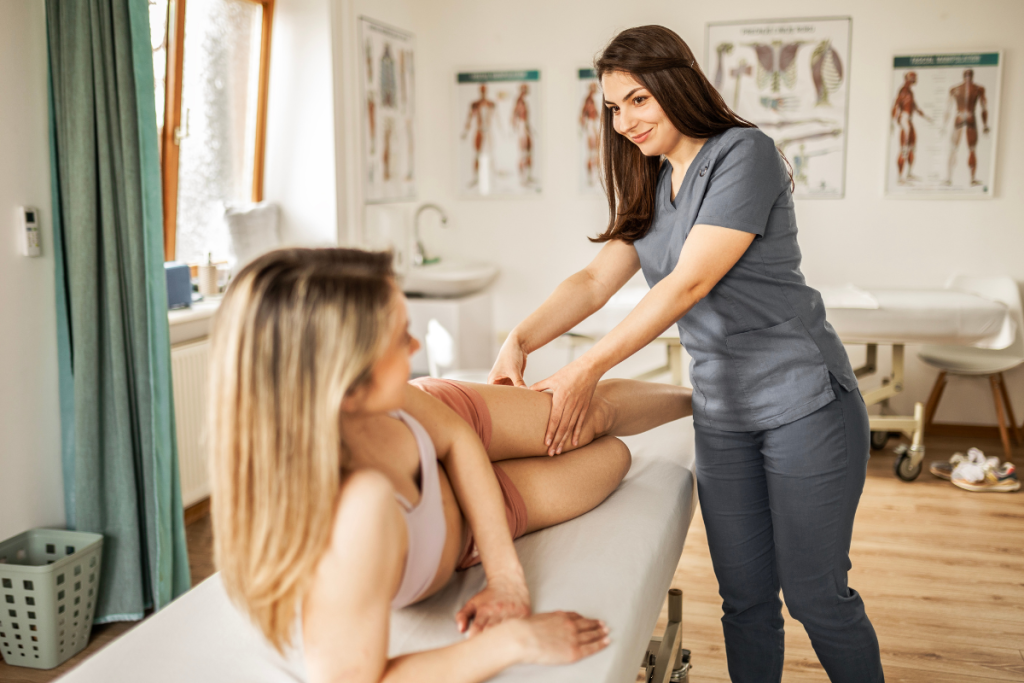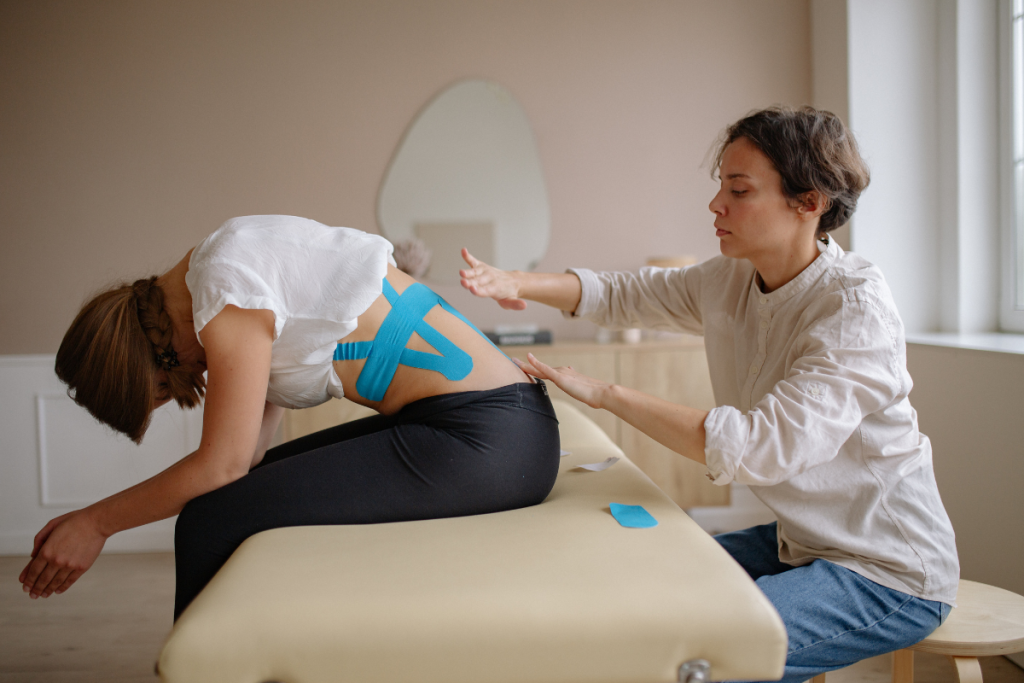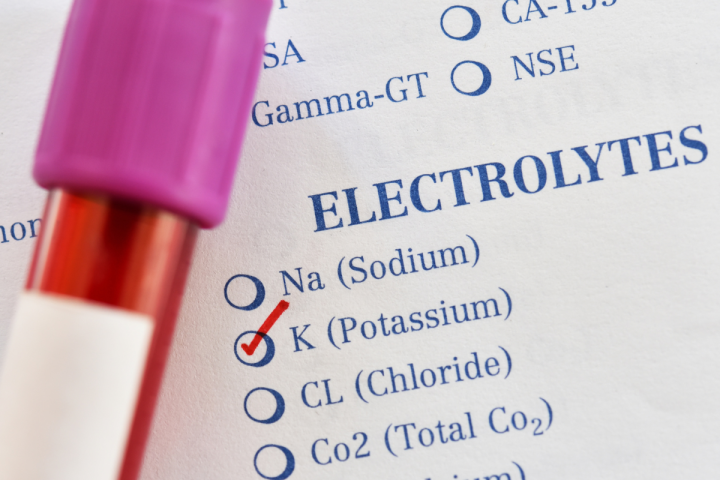Urogynaecological physiotherapy is a relatively modern treatment methodwhich is gaining popularity not only in physiotherapy practices, but also in gynaecology clinics. In this therapy, the efforts of a physiotherapist and a gynaecologist are combined to comprehensively examine a specific problem, define a treatment plan and gradually improve daily fitness.
What is urogynaecological physiotherapy?
Targeted mainly at women struggling with pelvic problems and dysfunctions, urogynaecological physiotherapy does not only focus on eliminating the problem, but also on educating the patient to increase her body awareness and enable her to exercise and function properly. In practice, urogynaecological physiotherapy uses a variety of methods such as manual therapy, breath work and a variety of physical exercises.
Appropriate exercises that strengthen and relax the pelvic floor muscles can contribute to the health and comfort of many women. However, it is important to remember that the type of exercises and choice of therapeutic method depend on the specific urogynaecological dysfunction. The individual approach and the wide range of knowledge of the urogynaecological physiotherapist allow the effective use of the appropriate methods in order to minimise problems.
Indications for urogynaecological therapy
Urogynaecological physiotherapy is used in a wide range of cases. The main indications for its use include:
- - Pain in the pelvic, lower abdominal and coccygeal region, which is a significant problem requiring effective physiotherapeutic intervention.
- - Severe menstrual pain, which can significantly affect the comfort of patients' lives, requiring a comprehensive approach from a physiotherapist.
- - Postpartum scarring, which, if left untreated, can lead to various pelvic dysfunctions, and urogynaecological physiotherapy can help alleviate these problems.
- - Problems with getting pregnant, where urogynaecological physiotherapy can help patients prepare their bodies for pregnancy and improve their chances of reproductive success.
- - Therapy before and after pelvic surgery to aid recovery, minimise pain and restore full function to the pelvic area.
In addition, experts also point to the effectiveness of urogynaecological physiotherapy for recurrent bladder infections and various gynaecological problems, highlighting the versatility of this form of therapy. It is worth noting that specialists tailor the therapeutic approach to the individual patient's needs, with the aim of providing comprehensive care for her health.
Urogynaecological physiotherapist and lack of satisfaction with intercourse
Are you not getting pleasure from your sex life? Do close moments cause you discomfort and pain? Adhesions after procedures, pathological tension in the pelvic floor structures resulting from childbirth or impaired mobility of the reproductive organs can lead to painful intercourse after childbirth. The aetiology can be equally varied and have a psychological basis. Dissatisfaction with sexual life is also often related to excessive vaginal relaxation. In such cases, a physiotherapist can assist in the selection of appropriate exercises and activities as a means of improving sexual satisfaction.

Urogynaecological physiotherapy - contraindications
There are circumstances in which urogynaecological therapy may not be advisable. These include:
- Complications during pregnancy.
- Anaemia.
- Diabetes during pregnancy.
- First trimester of pregnancy.
- Other contraindications involving the pelvic organs, as determined by the gynaecologist.
Before starting urogynaecological therapy, it is advisable to consult a practitioner to assess the full safety of this approach. The gynaecologist will also provide guidance on which urogynaecological physiotherapist should focus and guide when conducting therapy.
Methods used in our Rehabilitation Centre
W MTS Holistic Therapy Center priority is given to an individual approach to patients, which enables our specialists to effectively adapt treatment methods to specific problems. We use traditional manual methods and modern urogynaecological physiotherapy techniques, while supporting treatments with natural medicine, characterised by a holistic approach to the whole body. In addition, we often combine different techniques during therapy to speed up the recovery process. Below are the methods we have used in the area of gynaecological physiotherapy:
Manual techniques
- Therapeutic massage
- Ancient Greek abdominal massage
- Fascia therapy
- Pinotherapy
Naturopathic techniques

Urogynaecological physiotherapy - outcome
- Urogynaecological therapy is recommended during pregnancy to facilitate labour and minimise perinatal complications. It contributes to a faster recovery of the body.
- Improving the condition of the pelvic floor muscles can provide relief from pain in this area, addressing many of the problems associated with pregnancy complications and improving patients' quality of life in everyday situations.
- Urogynaecological physiotherapy techniques, if there are no other complications, can be used at virtually any age of patient. They contribute to reducing sacral pain, reducing discomfort during intercourse and alleviating menstrual discomfort.
- During the therapy, the physiotherapist not only guides the manual therapybut also instructs in correct breathing technique, appropriate exercises to do at home and relaxation techniques. This is important because regular cooperation between the patient and the physiotherapist can result in a reduction or even elimination of pelvic floor muscle problems.




